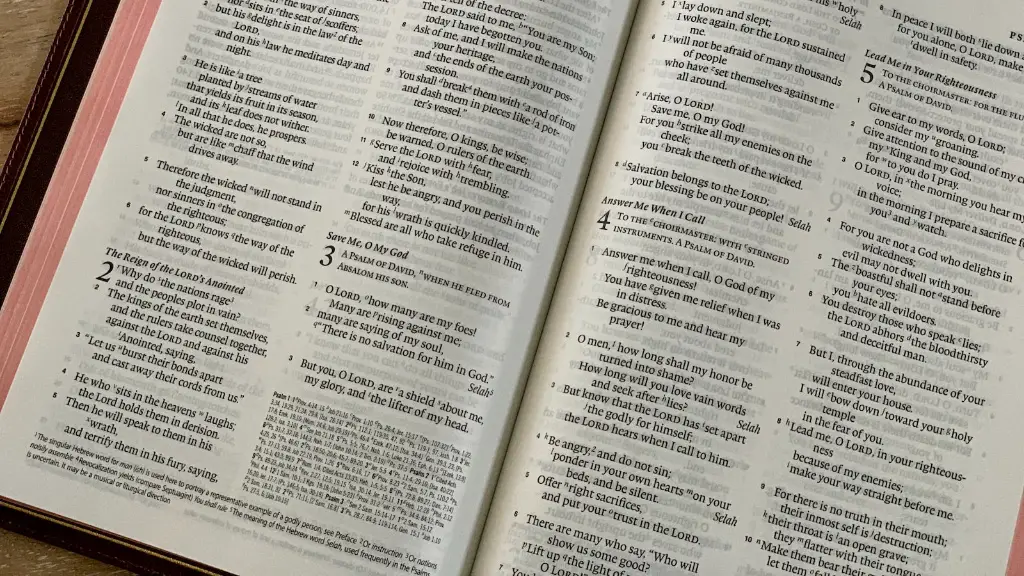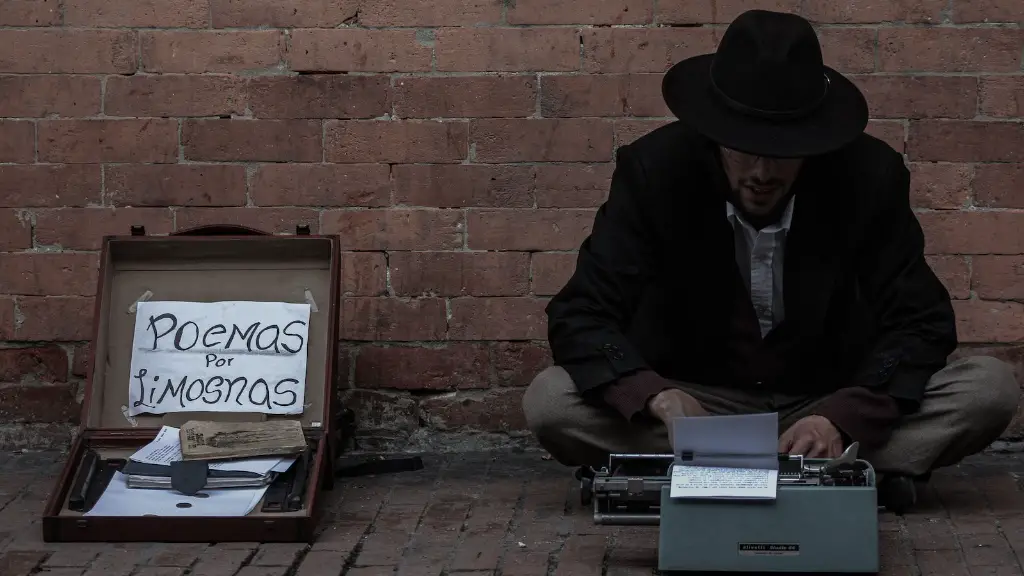Crafting the Introduction
Poetry has been used for centuries to express feelings, emotions, and tell stories. It can be considered a valuable teaching tool, as it encourages students to think critically, draw from their own experiences, and connect with the written word in a unique and powerful way. To truly introduce poetry to your students, you will need to start by learning the basics yourself. The following tips will help you to craft an engaging and effective introduction to the world of poetry.
Creating Curiosity
The key to introducing poetry to your students is to create a sense of curiosity around it. Start by discussing what poetry is, and why you think it’s important to read and write it. Talk to your students about how poetry allows us to express ourselves in a way that can’t be done in other forms of writing. Focus on the beauty and artistry of poetry and how it can inspire us to think differently about the world. This will get your students thinking about how poets use language to convey their ideas.
Exploring Different Forms of Poetry
When introducing poetry to your students, it’s important to make sure they understand the different forms of poetry. You can start by comparing some of the most common styles, such as haiku, sonnets, odes and limericks. Talk to your students about the rhythmic patterns and the structure of each type. Show them how the form of a poem can change the way it is interpreted. This will help them to understand how each poem has its own unique rules, and to appreciate the complexity involved in writing poetry.
Analyzing Poems
A great way to introduce poetry to your students is to analyze poems together. Begin by breaking down the structure and language used in a certain poem. Ask your students questions about the imagery used, the meaning of the poem, and interpretations of the poem. You can then ask the students to create an interpretation of their own, and discuss together how each student has a unique take on the poem.
Using Visual Aids
Using visual aids when introducing poetry can capture the interest of your students and make them more curious about the subject. Visual aids could include pictures, diagrams, or even videos. Pictures and diagrams can help to explain concepts, while videos demonstrate how poets use the written word to convey their message. You can also bring in props, like a microphone, to help your students better understand how a poem is meant to be performed.
Incorporating Technology
Technology can be a great tool when introducing poetry to your students. You can use apps, websites, and even virtual reality to help explain and demonstrate different aspects of poetry. For example, you can use an app that offers audio recordings of classic poems, or a website that teaches students how to write haikus. Additionally, virtual reality can help students to better appreciate and understand the works of great poets from the past.
Interacting with the Poets
Sharing personal interactions with the poets that created the poems you are studying can really help to bring the material to life for your students. You can invite a local poet to your classroom to share their experiences and insights into the world of poetry, or you can read aloud to your students a personal letter written by a famous poet, such as Walt Whitman. Allowing your students to make a personal connection with poets through these methods can help to make the material they are studying more meaningful and relevant.
Field Trips
Field trips can be an effective way to introduce poetry to your students. Visit a local library and take your students on a tour. Introduce them to the different types of poetry books and encourage them to touch and explore. Or, you could take your class to a startven art gallery or a local park and discuss the different kinds of poems that can be found there. This will help to get your students thinking critically about the different ways in which poetry can be expressed.
Incorporating Music and Dance
Incorporating music and dance into your poetry unit can aid in creating a deeper connection with the material. To start, discuss with your students how music and rhythm can change the way a poem is perceived. Choose a few poems to work with and then allow your students to create their own musical accompaniments or choreography to express the poems. Have a performance at the end of the unit to demonstrate the connections between the two art forms.
Building Connections
Building connections between poetry and other areas of the curriculum can help to make the subject more relevant and interesting for your students. For example, discuss how poetry ties into history by having your students discuss a famous poem from a certain era. You can also explore the connections between poetry and science. Talk about how scientists use metaphor and simile to explain complex concepts. Invite a scientist to come in and demonstrate how poetry can help to deepen our understanding of the world.
Discussion Groups
Engaging your students in discussion can be a great way to encourage them to think critically about poetry. Form groups and have each group work on a short analytical project. Have each group explore a poem and come up with their own interpretations. Assign different tasks to each group, such as writing a review of the poem or creating a picture book to go along with the poem. Sharing the interpretations in a group setting will help to make the experience more interactive and meaningful.
Writing Exercises
In addition to analysis and discussion, writing poems can also be an effective way to introduce poetry. Allow your students to experiment with different styles and help them to find their unique voice. Provide prompts for the students to write about and encourage them to share their work in the classroom. As an added challenge, have your students collaborate and create a collective poem together. This will help to foster creativity and deepen their understanding of poetic forms.
Poetry Magazine
Creating a school-wide magazine with student poems can be a great way to bring together the poetry unit and increase student engagement. Ask your students to submit their poems and assemble them in a magazine format. You can then distribute it to the school or share it online. This will be beneficial to your students as they can see their work in a professional-looking format and gain recognition for their work. It will also be beneficial to teachers and other students, as the magazine can help to foster an appreciation for poetry both in the classroom and elsewhere.
Creative Assignments
Coming up with creative and innovative assignments is a great way to get students interested in poetry. For example, have your students create a poem that analyzes an event from the news. Or, you could ask them to write a poem from the perspective of a historical figure. You could also have them create a spoken-word poem to perform for the class. Creative assignments like these will help your students to explore the various ways in which poetry can be used to express thought and emotion.



